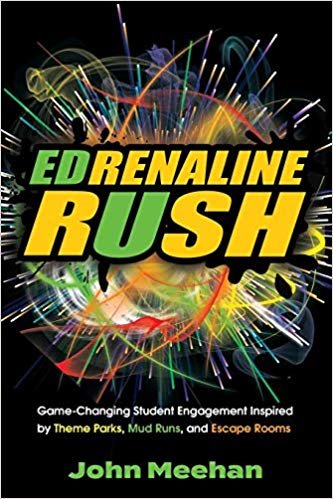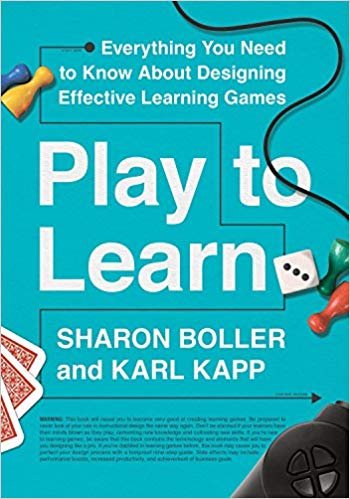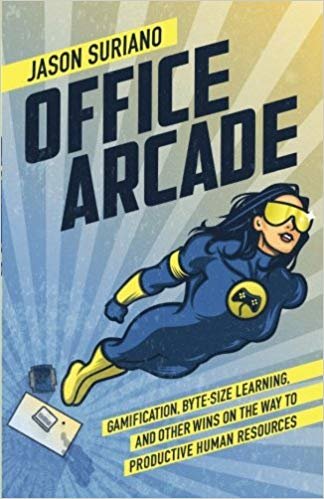Why You Should Pay Attention to the Trend in Gamified Training

What does Gamification do? It takes the principles of game design and puts them into a different setting. For our purposes, we bring game design into our training sessions. So, what is the opposite of play? If you think it is work, you are wrong - it is depression. Combining work and play is at the heart of gamification. (Conceptual credit: Brian Sutton-Smith)
Resources keep appearing each month which is a positive sign that learning through use of games is growing and growing. Check these out - and seriously, please buy and use them in your courses! Click to buy them on Amazon.
Learning Activities
I've been using games (more formally known as "learning activities") in my training courses since starting my journey into performance improvement. Quite like a songwriter has a backlog of songs waiting for the perfect music, I have been trying to build my backlog of games or methodologies to use in future courses as the need presents itself. I totally enjoy the process, especially designing new ways to match the needs of the learner to the best activity for the class.
"A really great teacher will make learning likely, not just possible."
Robert John Meehan
Immersion
Think back to ANY training or schooling you have experienced... aren't the most memorable, enjoyable, and teachable moments, those that involved you getting immersed in some way and engaging with the content? There are cursory involvements, like an English teacher having students read part of a book in class, but then there are deeper engagements where the students get parts and read it like a play. There are even deeper engagements where the students have to create and participate in a play involving the subject matter. This is where forever-learning is cemented. Participants will NOT forget that message - they were able to be part of the content and engage with it, so it becomes familiar, even if it was once completely alien. It makes the students FEEL something, which is integral to learning beyond rote memorization.
"Control leads to compliance; autonomy leads to engagement"
Daniel Pink
If you want your training courses to keep getting the results its getting, then don't change anything. If you are looking for a more rich experience that allows your learners to interact, socialize, be challenged, explore, and have an emotional experience, then Gamified Training could be your answer.
Answer these questions:
- How can I make training so it isn't boring or repetitive?
- Can I give reasons or purposes for learners to care about this content?
- What can I do if the content just isn't interesting?
- Can learners have a choice for what they get to learn?
- Can learners have choices for how they like to do something?
A Shift In Teaching
If typical training is like a bus, and the instructor is the driver taking every student from point A to B, then a gamified classroom is more like giving each student a set of keys and their own brand new cars with some students racing ahead, and some running right into a wall. Therefore, parameters and rules must be set up to make sure there is a sense of control over the learning, and that nobody gets too far ahead and nobody crashes into a wall.
The shift is from being a passive teacher-centered learning environment, to an active student-centered one.
- Is your course updated with student feedback?
- Is the attendance or passing grade the only thing that is important?
- Can we fail, learn, and repeat?
(Conceptual credit: Paul Anderson)
"If we want to reignite innovation and passion, we have to humanize work."
Brene Brown
Conclusion
With everything pointing towards YES, I believe the trend will continue as more and more instructors and companies start paying attention to how we learn being just as important as what we learn. Keep in mind, some people or places are not good at this and give activity learning a bad name. Try to look passed that and recognize that this is a fairly new way of teaching, and we all get better and better with each class, and building our own competencies. Never forget that the expert was once the beginner.





